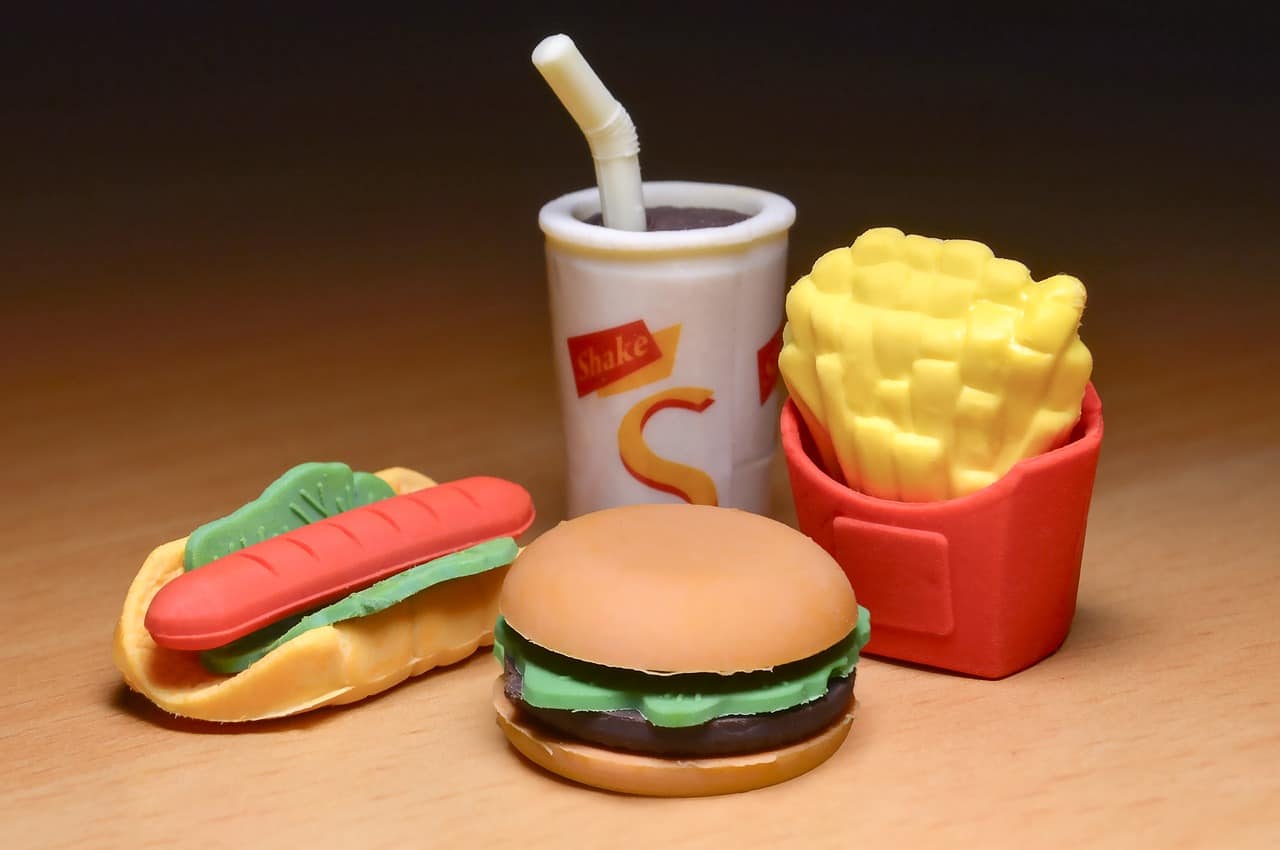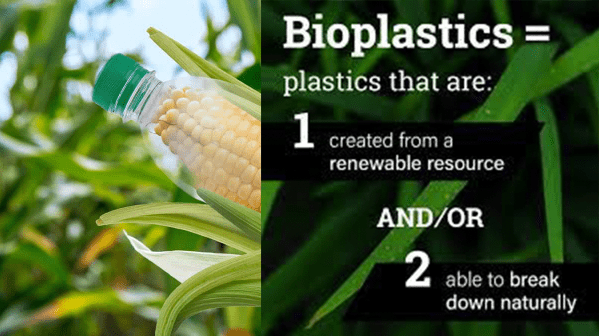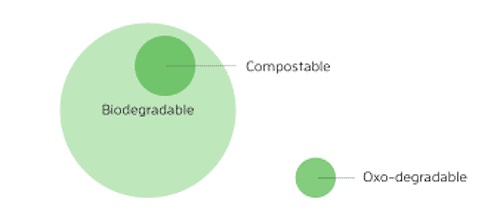BEYOND GREEN IS CHEMICAL FREE – FOOD GRADE
What Is Food Grade Plastic?
“Food grade plastic” is best defined as food safe plastic. The term refers to any plastic suitable for contact with consumable food or drink products. As some acidic foods or liquids can leach chemicals from their containers, it is important that they are stored in appropriate containers.
The Food, Drug, and Cosmetic Act passed by the U.S. Food and Drug Administration (FDA) defines a food-contact substance as one intended for use in food manufacturing, packing, packaging, storage, and transportation applications without the risk of technical effect occurring in the food material. The “technical effects” referred to in this definition include leaching, which affects the taste of food and beverages and poses a potential risk to human health when affected material is consumed.
Food Grade Plastics Approved By The FDA
You don’t have to be a plastics expert to determine whether a material is food grade. The easiest way to check is to look for the Resin Identification Code—i.e., recycling number—which identifies the type of plastic material. The code consists of a triangle of arrows surrounding a number between 1 and 7. Generally, numbers 1 through 7 indicate food grade plastic.
Some examples of FDA-approved food contact substances include:
Polyethylene Terephthalate (PET or PETE) – Code 1
PET demonstrates excellent wear resistance, high strength and flexural modulus, and superior dimensional stability (i.e., impact resistance).
Polypropylene (PP) – Code 5
PP has a high melting point and exhibits excellent thermal resistance, making it an ideal plastic for use in the microwave or dishwasher. Additionally, the material does not produce a reaction when exposed to acids, bases, or detergents and resists fracturing and stress even when flexed.
High-Density Polyethylene (HDPE) – Code 2
HDPE has a high strength-to-density ratio, meaning it is strong and lightweight. Additionally, it demonstrates resistance to mildew, mold, rot, and insects, as well as to corrosion, cracking, and weathering.
Low-Density Polyethylene (LDPE) – Code 4
Compared to many other resins, LDPE is thinner. Although it commonly finds use in film applications where heat sealing is needed, it is also used for rigid applications. The material is tough, flexible, and chemical and impact resistant.
Polycarbonate (PC) – Code 6
Although Polycarbonate is FDA approved, there has been ongoing concern about the health effects of bisphenol A (BPA)—a key component in the manufacture of polycarbonate. Currently, the FDA states that very low levels of BPA are safe in food applications.
PC exhibits good heat resistance and thermal stability, high impact resistance, and dimensional stability. It is half the weight yet 250 times the strength of glass.
Shared Features of Food Grade Plastics
In general, food grade plastics (or food safe plastics) are characterized by:
- Excellent wear resistance
- High strength and flexural modulus
- Superior dimensional stability
Common Uses of Food Grade Plastic Types
There are several varieties of food grade plastic material available, each of which is suitable for different food applications. For example:
- Polyethylene terephthalate, PET or PETE (Code 1): single-serving beverage bottles (e.g., soft drinks, sports drinks, water, etc.) condiment bottles (e.g., salad dressing, ketchup, oil, etc.), vitamin bottles, peanut butter jars
- High-density Polyethylene, HDPE (Code 2): juice and milk jugs, grocery bags, squeeze bottles (e.g., butter, vinegar, chocolate syrup, etc.)
- Polyvinyl Chloride, PVC (Code 3): shrink/cling wrap, sandwich bags, tamper-resistant seals
- Low-density Polyethylene, LDPE (Code 4): can lids, bread bags, six-pack rings, produce bags
- Polypropylene, PP (Code 5): medication bottles, dairy containers, food storage boxes
- Polystyrene, PS (Code 6): plastic cutlery, coffee cups, takeaway containers and trays




Pura Vida Bioplastics = Real Certificates USDA BIO-BASED, TUV, BNQ, GREEN AMERICA Home Compostable – Breaks down 3-4 months without Chemicals
Get a Quote